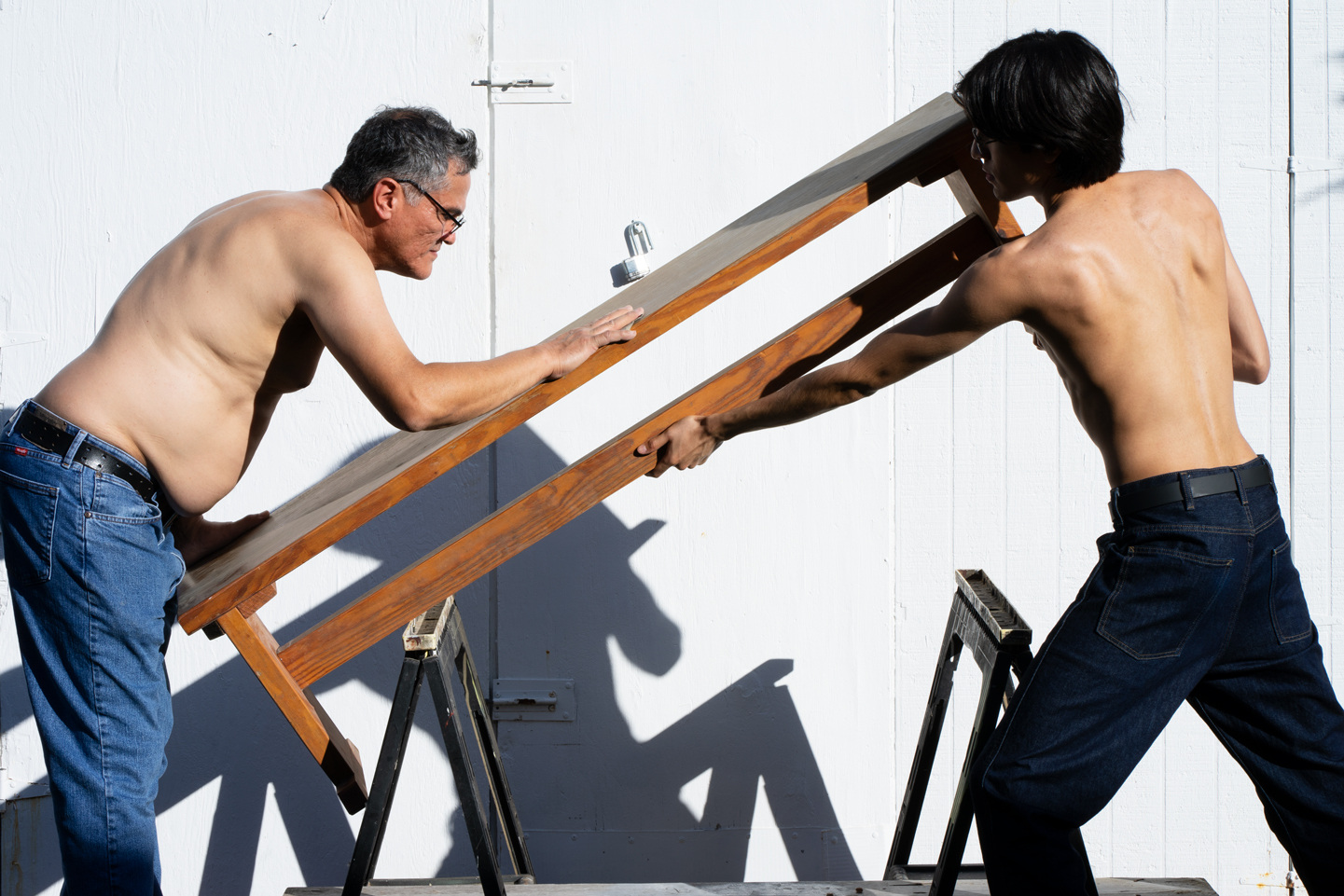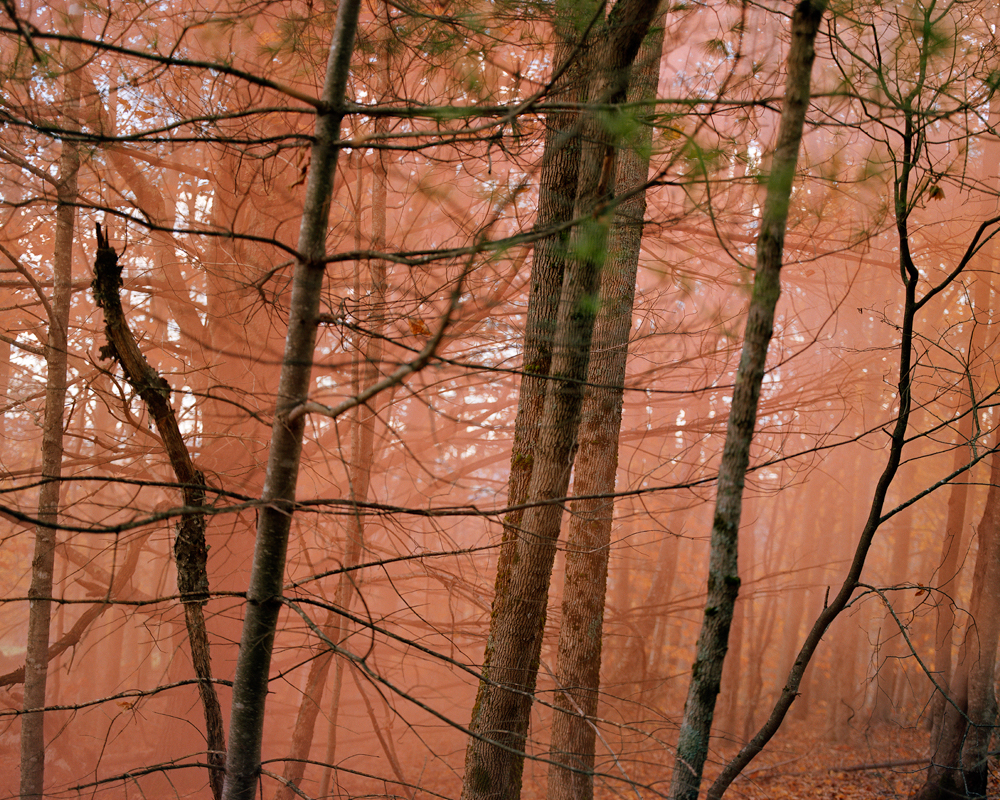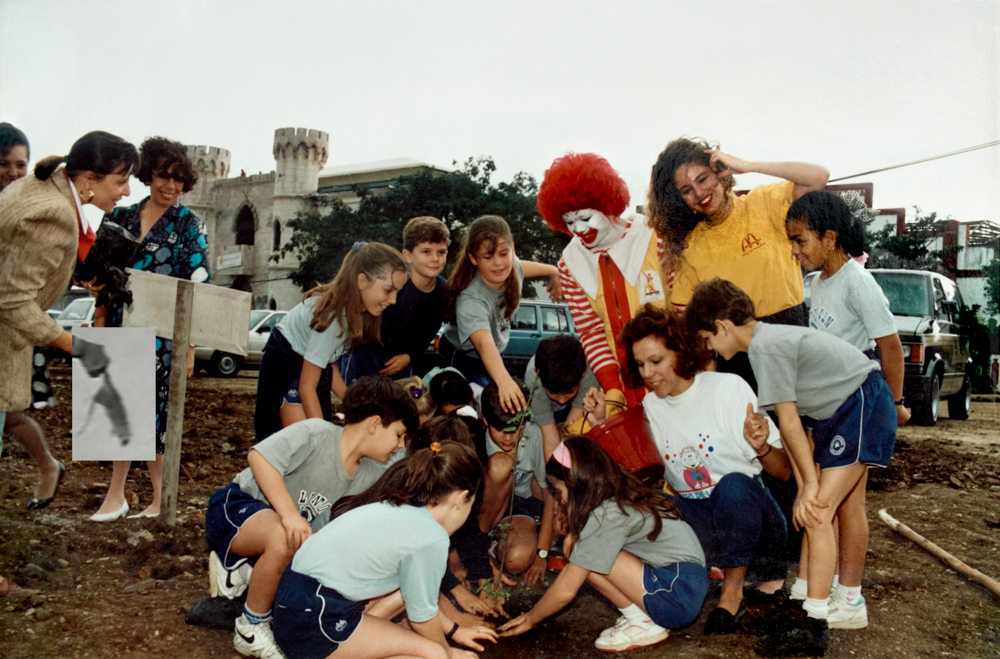Next Up: The 2020 Lenscratch Top 25 to Watch
The Lenscratch Top 25 to Watch
Every year when the student prize submissions come around, our jurors are consistently blown away by the work that comes in. We’ve been having many conversations here at Lenscratch about our place in the photo community, and how this platform can be used to amplify the chorus of voices making incredible work right now. It was in this spirit that we came up with the idea for the Lenscratch Student Prize Top 25 to Watch. Selected by our jurors from the record setting number of submissions this year, we believe these 25 artists truly encapsulate the future of image making. We asked each of the artists included to select an image that best represented their portfolio, and write a brief statement about their work. You can find more of their work by clicking their name.
Kavana explores Jewish action and photography. No place is a constant for the Jewish diaspora; time and the rituals that steep into it are centered as a mode of carrying on memory. Encountering an image in this way asks not only what it feels like, but asks: what does it remember like? – Hannah Atlman
Origins & Displacements: Making Sense of Place, Histories, and Possibilities, is a long term research project, that includes performance, portrait/landscapes, and archived material from the city of Anaheim. It is reflective of a city that continues battles with the racist history and that has repacked it through police violence, gentrification, and other forms of policy that marginalizes its majority Latinx population. – William Camargo
The “How-To” aesthetic embodies my past experiences of working with my father on home renovations. Using the camera as my tool, I can capture his self-reliance, appreciation for tools, and the enduring tradition of labor tirelessly performed by the LatinX community. – Maximiliano Cervantes
What I Saw in the Water highlights the deterioration of the Gulf Coast, reflecting the grief and sorrows born from the environmental catastrophes that linger across the landscape. Through the process of image transfer, the photographic surface is exploited as though it were wet paint, allowing the surface area to build-up a grotesque-like texture. – Seth Adam Cook
Alba lux is an artistic project that combines documentation and conceptual photography. The photographs become real symbolic images, reproducing idyllic atmospheres and ineffable realities. It’s a multidisciplinary journey between spirituality and science, which begins within the earthly reality and then takes off within the otherworldly one. – Noemi Comi
Being a gay man who is fat and has an invisible disability has left me in a precarious relationship with my identity. Through my work, I utilize absurdity, humor, and uncanniness to explore this relationship as well as the unique relationships other queer people have with their identities. – Jesse Egner
In A Darkened Room, focuses on views of oneself, body image, perception, and how we challenge our roles in these spaces. I collaborate with people whom I share similar viewpoints with and project their presence as an obscured form. – Amina Gingold
My work is influenced by the conceptual analysis of space and its possibilities to convey human conditions, emotional and psychological states; how it correlates with social issues in our contemporary society. Throughout my projects, I reflect on the dynamics of identity and memory between people and the environment they inhabit. – Joel Jimenez
Forgetting Everything But You is a series of photographs created with my partner, exploring notions of love, home, and intimacy by tracing our life together indirectly across time and physical distance. – Alec Kaus
Tristan creates scenes of ambiguity to address topics of isolation and representation. To understand his own placement as a multiracial transplant to the Midwest, Tristan focuses on work that transcends direct placement. Drawing the viewer in with oddities, Tristan challenges his audience to make sense of the ambiguous and satirical.
My project House On Fire is a series of internal landscapes and domestic spaces intended to explore psychological and bodily space through the lenses of gendered violence, illness, and objectification. – Kendall Pestana
In Michelle Piergoelam’s photographic work, she consciously uses stories, fairytales and myths from different traditions and cultures to fathom her history and background. With her images she stimulates the imagination and the narrative culture to keep their transmission alive. – Michelle Piergoelam
The land of Hawaii is luxurious and idyllic, but past the wanderlust images, it is also very controversial. Its industrial growth destroys the historical records and spiritual places that have existed there for generations. The silver gelatin prints are laser cut, splicing man-made structures from the landscape. The removed spaces reveal what Hawaii would look like without these impositions. – Leah Schretenthaler
In my work, titled Maiden, Mother, Crone, I have been photographing my relationship with my Wiccan mother through the lens of the history of witchcraft. I am interested in reimagining the ever-present horror deeply rooted in this history as a way of deconstructing the violence toward women therein––a demonization of women that continues to perpetuate within contemporary society. I create an imagined world alongside my mother where I reference this history while reclaiming the power of magic as a radical feminist and restorative act. – Amrita Stützle
By ornamenting, transforming and disguising every-day objects, Crudités stages a novel encounter with the familiar. Emphasizing the body as a tool for sensing, the series seeks to discover what happens when objects and perception are corrupted. – Svava Tergesen
This series explores my experience as a mother and how this experience is inevitably bound to my childhood memories. I am interested in how negative patterns are learned and concealed in the domestic space, and continued through generations. This work is a conceptual vision in between reality and fiction with some metaphoric religious components. – Idalia Vasquez
This body of work explores the construction of sexuality and identity through constructed scenes inflected with fantasy, trauma, fetish, and violence, which challenge the rigid and stereotypical codes of gender roles, identity construction, and traditional cultural values. – Zhidong Zhang
Posts on Lenscratch may not be reproduced without the permission of the Lenscratch staff and the photographer.
Recommended
-
Arnold Newman Prize: C. Rose Smith: Scenes of Self: Redressing PatriarchyNovember 24th, 2025
-
Celebrating 20 Years of Critical Mass: Cathy Cone (2023) and Takeisha Jefferson (2024)October 1st, 2025
-
Celebrating 20 Years of Critical Mass: George Nobechi (2021) and Ingrid Weyland (2022)September 30th, 2025
-
Celebrating 20 Years of Critical Mass: Amy Friend (2019) and Andrew Feiler (2020)September 29th, 2025
-
Celebrating 20 Years of Critical Mass: Jennifer McClure (2017) and JP Terlizzi (2018)September 28th, 2025









































































